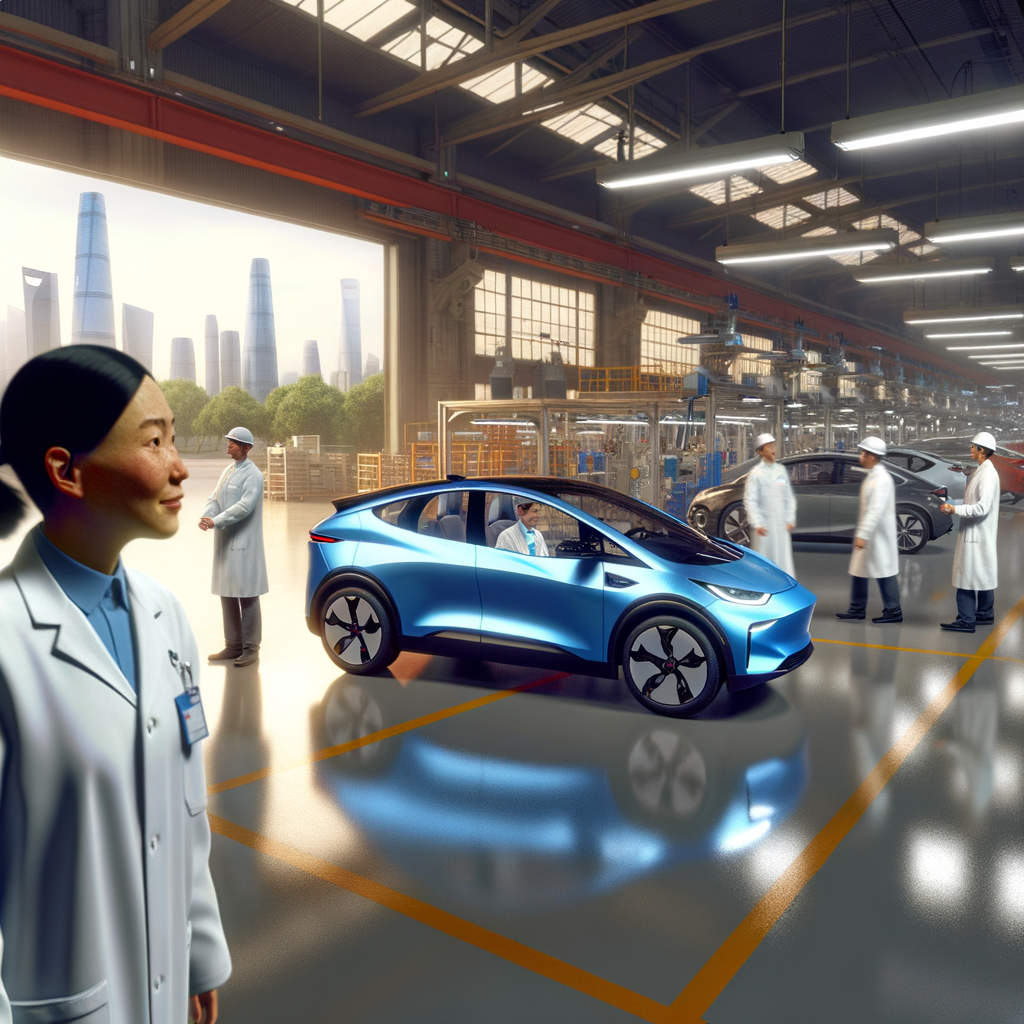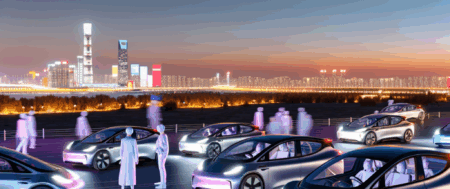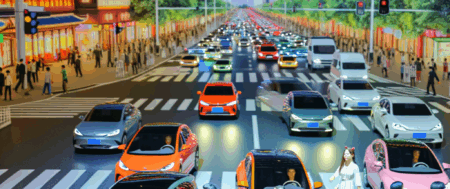TL;DR: Thriving in China, the world’s largest automotive market, especially in the electric vehicles (EVs) and new energy vehicles (NEVs) sector, requires a nuanced understanding of its complex regulatory landscape and the formation of strategic partnerships. Success is driven by aligning with consumer preferences, leveraging government incentives, and addressing environmental concerns through joint ventures. These collaborations are critical for both foreign automakers and domestic car brands to navigate the growing economy, urbanization trends, and intense market competition. Strategic partnerships enable companies to pool resources, foster technological advancements, and meet the demand for innovation and sustainability in the top automotive market.
In an era where mobility intertwines with technology and sustainability, the China automotive market stands at the forefront, heralding a new chapter in the global automotive narrative. Recognized as the largest automotive market in the world, China’s automotive industry is a beacon of growth, innovation, and potential, driven by its rapidly growing economy, escalating urbanization, and an ever-expanding middle class with an insatiable appetite for both domestic car brands and foreign automakers. This dynamic market, characterized by a high demand for Electric Vehicles (EVs) and New Energy Vehicles (NEVs), is not just transforming the streets of China but also steering the direction of the global automotive industry.
Navigating through China’s complex regulatory landscape requires a blend of strategic partnerships and a deep understanding of local policies, making joint ventures between foreign automakers and domestic Chinese companies a key strategy for success. This intricate dance of collaboration and competition is further fuelled by government incentives, technological advancements, and a growing environmental consciousness, pushing the market towards sustainable mobility solutions.
As we delve into the intricacies of the China automotive market, from the surge of EVs and NEVs, driven by environmental concerns and government incentives, to the competitive yet collaborative nature of market competition and joint ventures, it’s clear that understanding this market’s regulatory landscape, consumer preferences, and strategic partnerships is crucial. The future of the global automotive industry is being shaped here, in the bustling cities and sprawling landscapes of China, making it a pivotal arena for innovation, competition, and strategic foresight in the quest for sustainable mobility.
This article aims to explore the multifaceted dimensions of China’s automotive market, shedding light on how its growing economy, urbanization, and shift towards electric vehicles and new energy solutions are not only revolutionizing the local automotive scene but also influencing global market trends. Join us as we navigate through the crossroads of innovation, where domestic car brands and foreign automakers race to capture the vast consumer base of the world’s top automotive market. As we shift gears towards a more sustainable future, understanding the complex dynamics of China’s automotive landscape becomes essential for anyone looking to succeed in this competitive, ever-evolving industry.
1. **Navigating the Terrain: Understanding the Regulatory Landscape and Strategic Partnerships in the World’s Largest Automotive Market**

Navigating the terrain of the world’s largest automotive market, China, requires a comprehensive understanding of its complex regulatory landscape and the importance of strategic partnerships. As the epicenter of automotive production and sales, fueled by a growing economy, rapid urbanization, and an expanding middle class, China’s automotive industry is a beacon for both domestic car brands and foreign automakers. The surge in demand for electric vehicles (EVs) and new energy vehicles (NEVs) is propelled not only by consumer preferences but also by significant government incentives aimed at addressing environmental concerns and promoting sustainable transportation solutions.
The Chinese government plays a pivotal role in shaping the automotive market through a myriad of regulations and incentives designed to foster innovation and growth in the EV and NEV segments. Foreign automakers looking to tap into this lucrative market often find themselves navigating a regulatory maze that requires local knowledge and expertise. This is where the value of joint ventures comes into play. By forming strategic partnerships with local Chinese companies, foreign brands can leverage local know-how, comply with government policies, and gain access to the vast consumer base that is eager for both technological advancements and environmental sustainability.
The competitive landscape of China’s automotive market is further intensified by the evolving consumer preferences that lean towards greener, more technologically advanced vehicles. This shift is not only driven by environmental awareness but also by the government’s push towards reducing pollution and promoting NEVs through various incentives. These incentives have been crucial in positioning China as a global leader in the EV market, attracting top technological talents and fostering market competition among both domestic and international players.
Understanding and adapting to the regulatory landscape is crucial for success in China’s automotive market. Strategic partnerships through joint ventures have emerged as a vital pathway for foreign automakers to navigate the complexities of market entry and expansion. These collaborations are not just about regulatory compliance but also about pooling resources, sharing technological advancements, and aligning with consumer preferences towards more sustainable and innovative automotive solutions.
In conclusion, the dynamism of China’s automotive market, characterized by its size, growing economy, and rapid urbanization, presents both opportunities and challenges. Success in this market is not solely dependent on understanding the regulatory landscape and consumer preferences but also on the ability to forge strategic partnerships. These alliances are key to unlocking the potential of the largest automotive market in the world, driven by a relentless pursuit of technological advancements, environmental sustainability, and market competition.
In conclusion, the Chinese automotive market, standing as the world’s largest and most dynamic arena for both production and sales, presents a complex yet rewarding landscape for industry players. Powering through the challenges of a stringent regulatory landscape and fierce market competition requires strategic finesse, particularly in forging joint ventures and navigating consumer preferences that lean heavily towards Electric Vehicles (EVs) and New Energy Vehicles (NEVs). These preferences are not just trends but are deeply rooted in China’s growing economy, urbanization, and escalating environmental concerns, further supported by attractive government incentives.
Foreign automakers and domestic car brands alike are vying for a significant share of this lucrative market, where success hinges on understanding and leveraging technological advancements, strategic partnerships, and a deep dive into the nuanced fabric of China’s consumer behavior. The emphasis on EVs and NEVs underscores China’s role as a global pacesetter in the automotive industry’s shift towards sustainability, a move that is reshaping consumer expectations and the competitive landscape.
As the market continues to evolve under the influence of global economic trends, government policies, and the relentless march of innovation, stakeholders in the China automotive industry must stay agile, informed, and responsive. The road ahead is paved with both opportunities and obstacles; navigating it successfully will demand a keen understanding of the largest automotive market’s unique character and the forces driving its growth. For businesses ready to adapt and innovate, China’s automotive market remains not just a challenge to conquer but a vast terrain of possibilities waiting to be explored.







